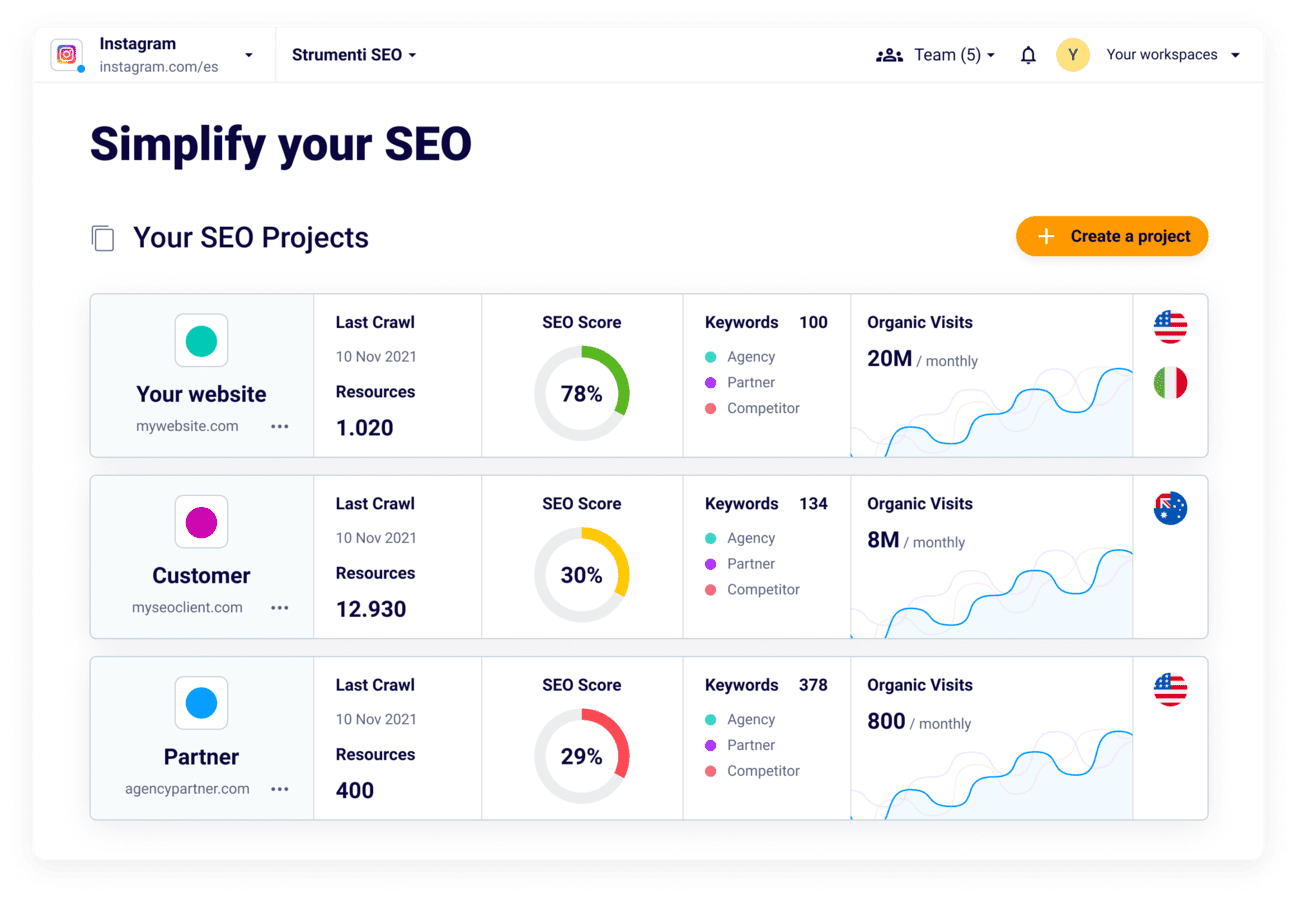Unveiling the Unconventional Mediums in Google Analytics Beyond Default Settings
In the world of electronic analytics, Google Analytics stands as a cornerstone for services looking for to understand their online existence. While default setups supply valuable insights, real deepness of recognizing lies in checking out the unique tools that frequently go unnoticed. By venturing beyond the surface and delving right into the ins and outs of social media data, email campaign performance, referral web traffic sources, direct web traffic patterns, and custom-made network groups, a gold mine of details waits for those ready to welcome an extra nuanced approach. Nevertheless, what lies below these non-traditional mediums may just redefine how businesses perceive and strategize their on the internet campaigns.

Leveraging Social Network Insights
Occasionally ignored, yet immensely useful, is the practice of leveraging social networks understandings within the world of Google Analytics. By integrating information from systems like Facebook, Twitter, Instagram, and LinkedIn into Google Analytics, services can obtain a deeper understanding of their audience and the performance of their social media campaigns.
With this assimilation, online marketers can analyze and track user habits on their internet site that stems from social media sites platforms. They can determine which social media sites networks are driving the most traffic, which content is resonating with the audience, and which campaigns are transforming one of the most leads. This understanding permits for data-driven choices to optimize social media techniques and enhance total advertising and marketing efficiency.
In addition, by combining social media insights with Google Analytics, businesses can create much more targeted and personalized campaigns - what is not considered a default medium in google analytics. They can make use of demographic details, rate of interests, and on-line actions gathered from social networks to improve their target market division and deliver tailored messages that resonate with specific consumer teams. This targeted strategy can cause greater interaction, enhanced conversions, and ultimately, enhanced return on financial investment
Discovering Email Campaign Performance
Uncovering Email Project Efficiency involves evaluating vital metrics and performance signs to assess the performance of e-mail marketing efforts. When diving right into e-mail campaign performance, it is vital to assess metrics such as open rates, click-through rates, conversion prices, and unsubscribe rates. By assessing these metrics, marketers can tweak their email projects for far better involvement and efficiency.
Analyzing Referral Web Traffic Sources
After reviewing the performance of e-mail campaigns with crucial metrics such as open rates and conversion rates, the next critical action is evaluating recommendation web traffic sources in Google Analytics to recognize where website visitors are coming from and how they interact with the site. Referral traffic resources describe the web sites that route customers to your website with clickable links. By delving into this information, businesses can obtain understandings right into which external systems are driving website traffic to their site, whether it be social media sites systems, partner websites, weblink or on-line directory sites.
Assessing referral website traffic can give valuable information on the effectiveness of exterior advertising initiatives and partnerships. It helps businesses recognize high-performing recommendation sources that contribute dramatically to web site traffic and conversions. Furthermore, by understanding the actions of visitors coming from various recommendation sources, organizations can customize their marketing approaches to enhance engagement and conversions. Google Analytics offers in-depth reports on reference traffic, enabling businesses to track the efficiency of each referral resource properly and make data-driven decisions to boost their online visibility.
Discovering Straight Traffic Patterns
Exploring the direct web traffic patterns in Google Analytics offers useful understandings into user behavior and the effectiveness of campaigns - what is not considered a default medium in google analytics. Direct traffic refers to visitors who arrive at a site by directly typing the URL into their browser, using bookmarks, or clicking on untagged web links. Recognizing this contact form straight website traffic patterns can aid marketers evaluate the influence of offline advertising and marketing initiatives, brand recognition, and the effectiveness of word-of-mouth references
By diving into direct traffic information, organizations can reveal vital info about user intent and brand name commitment. Examining the habits of direct site visitors, such as the web pages they go to, the time invested on site, and the conversion rate, can give a much deeper understanding of individual engagement and the general efficiency of the web site in converting visitors right into customers.
Moreover, tracking straight traffic patterns over time permits companies to identify patterns, seasonality effects, and the success of certain campaigns visit this web-site or promos in driving direct gos to. This details can then be made use of to fine-tune marketing methods, optimize internet site content, and enhance the general user experience to take full advantage of conversions.
Utilizing Custom-made Channel Groupings
Using custom channel groups in Google Analytics allows organizations to categorize and examine their website web traffic based upon particular requirements, providing important understandings for optimizing advertising strategies. Customized network groups enable business to develop their own personalized groups of traffic sources, such as social networks, natural search, e-mail campaigns, and recommendation web traffic. By specifying these groups, businesses can get a much deeper understanding of just how various advertising networks add to their web site web traffic and conversions.
This feature is especially valuable for businesses with diverse advertising methods throughout numerous systems. As an example, a business running both paid and organic social networks projects can set apart in between both to analyze their specific efficiency accurately. In addition, personalized network collections can help determine any neglected or ignored traffic sources that might be driving beneficial involvement.
Final Thought

By venturing beyond the surface area and delving into the details of social media data, email campaign efficiency, reference traffic resources, straight website traffic patterns, and custom-made network groupings, a treasure trove of details awaits those eager to embrace a more nuanced technique. They can recognize which social media networks are driving the most traffic, which content is resonating with the audience, and which campaigns are converting the most leads.After examining the efficiency of e-mail projects through key metrics such as open rates and conversion prices, the following critical step is analyzing referral web traffic sources in Google Analytics to comprehend where web site site visitors are coming from and exactly how they connect with the website. Personalized network groups make it possible for firms to develop their very own tailored groups of website traffic resources, such as social media, natural search, e-mail projects, and recommendation web traffic. By leveraging social media insights, uncovering email campaign efficiency, assessing reference website traffic sources, checking out direct traffic patterns, and utilizing custom network groups, marketing professionals can get useful insights into their on-line existence.